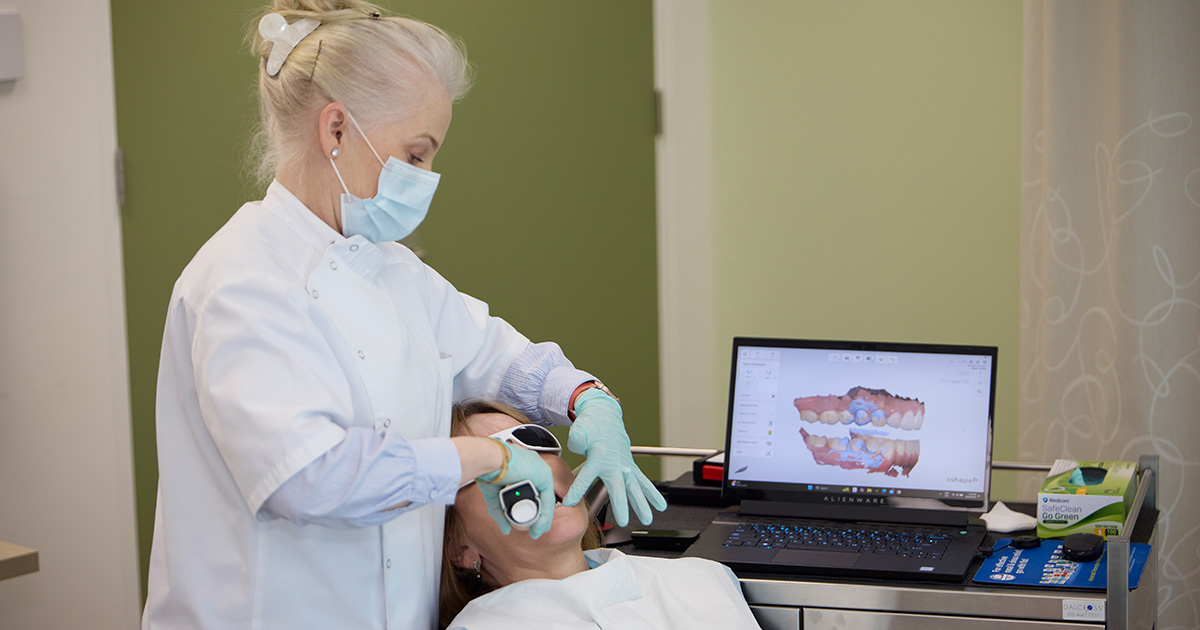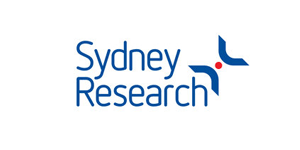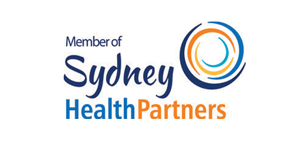The Woolcock Institute of Medical Research

Oral Appliance Therapy (OAT) for OSA
Obstructive Sleep Apnoea (OSA) affects up to 25% of Australian men and 9% of women, contributing significantly to national healthcare burden through its associations with cardiovascular disease, type 2 diabetes, occupational risk, and neurocognitive decline. In the context of Australia's multidisciplinary care model and Medicare-funded sleep diagnostics, GPs are central in early detection and referral. While CPAP remains first-line for moderate to severe OSA, alternative treatments are gaining traction.
Oral appliance therapy (OAT) is endorsed by the Australasian Sleep Association (ASA) and the Thoracic Society of Australia and New Zealand (TSANZ) for:
- Mild to moderate OSA
- Primary snoring (non-pathological)
- Severe OSA where CPAP is not tolerated or declined
Mandibular advancement splints, when fitted by trained dental sleep medicine providers, are shown to be effective in selected patients. Predictors of success include retrognathia, lower BMI, and positional dependency. OAT is also supported by Australian studies showing comparable long-term adherence to or better than CPAP in real-world populations.
Australia's integrated care framework supports shared management of OSA across GPs, sleep physicians, ENT surgeons, and dental sleep medicine providers. The ASA emphasises the need for dental practitioners trained in dental sleep medicine (FDSM) to deliver OAT safely and effectively, avoiding risks such as TMD or dental movement. ENT and dental pathways often intersect, for example when nasal surgery improves the efficacy of an oral appliance.
Want to stay up to date with our research on sleep and respiratory conditions?
Sign up to our quarterly newsletter
The below is a reference guide showing OSA scenario and suggested referral path:
- Mild/moderate OSA, healthy BMI, retrognathia, no nasal symptoms - Dental sleep medicine for OAT
- Severe OSA with CPAP refusal, no obvious structural issues - Consider OAT trial under specialist guidance
- Tonsillar hypertrophy or obstructive nasal symptoms - ENT assessment
- OAT intolerance or residual AHI on therapy - ENT or sleep specialist review with potential DISE
- CPAP failure with upper airway resistance - Combined ENT and dental assessment recommended
For GPs managing OSA in primary care, understanding when to refer to ENT versus dental sleep medicine is critical. In the Australian context, multidisciplinary care and adherence to ASA and TSANZ guidelines ensure patients are directed to the most appropriate and evidence-based care pathway. Early referral to qualified practitioners—whether ENT or dental—can lead to superior long-term patient outcomes, especially when treatment is tailored to anatomical and behavioural phenotypes. Non-customised over the counter devices should not be recommended due to adverse effects and risk of temporomandibular joint dysfunction.










